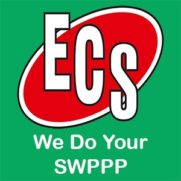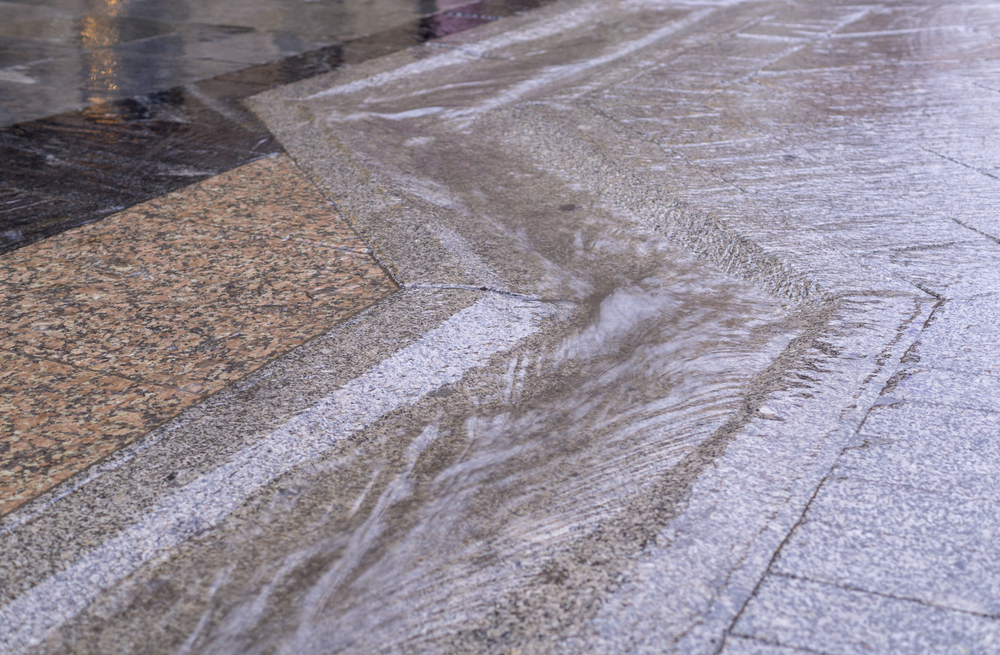If you are a business in Utah, you probably know that you need to have construction stormwater pollution prevention plan, or SWPPP, but did you know that the state is also pushing companies to have a long-term stormwater management plan (LTSWMP) in place? A lack of proper planning for stormwater management, both during construction and once the buildings are complete, can have devastating consequences for cities and for the waterways where stormwater will eventually end up. If you haven’t heard about LTSWMPs or you’re not sure where to get started, here is a brief overview.
The Purpose of an LTSWMP
The Clean Water Act and local regulations for cities in Utah require that anyone who is going to develop land must build and maintain systems to minimize litter and contaminants that could end up in local and regional waterways as pollutants. When you create and submit your LTSWMP, you must include information about the systems that will be installed, the operation of those systems, and the standard operating procedures (SOPs) to ensure that the plan to manage stormwater runoff and reduce pollution is sustainable long-term.
The Four Sections of Your Report
Each LTSWMP should include five sections:
- Section 1: Pollutant Sources. Describe in detail where pollutants might come from once your building or commercial area is in operation. Include any business operations or maintenance activities that could generate pollutants.
- Section 2: Site Systems, Operations, and Controls. This section provides a detailed description of the infrastructure, controls, and designs that you are going to put in place to contain potential pollutants. If there are limitations to your infrastructure that may cause problems in controlling and containing pollutants, describe that here as well. Include information about how onsite operations, staff, and contractors will impact the systems, and the SOPs you have in place to minimize any limitations of the infrastructure in controlling pollutants.
- Section 3: Training. Property owners are responsible for making sure that all employees and any contractors working on the property are aware of the SOPs in place to prevent pollutants. This section should outline the training protocols, as well as how training will be tracked.
- Section 4: Recordkeeping and Inspections. All property owners must keep a record of any activities related to stormwater pollution prevention and management. Provide detail here about when and how these records will be provided to the city (it should be at least annually). The city may choose to inspect at any time to ensure compliance.
- Section 5: Appendices. The appendices should include more detailed information about SOPs, training, infrastructure, and other information from the sections above.
Many cities have sample LTSWMPs available for you to download, and Erosion Control Services can help you fill out these forms properly to avoid any issues in the future with stormwater pollution prevention. Contact our team today to get started.


